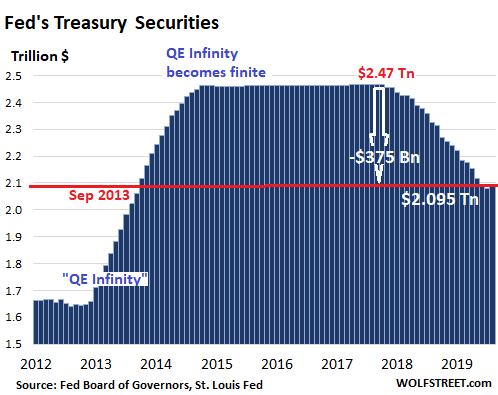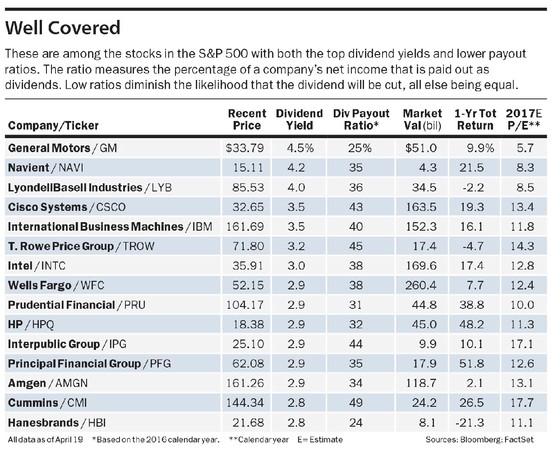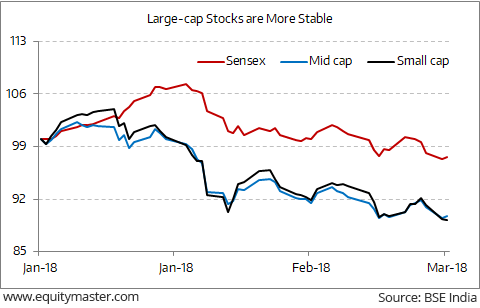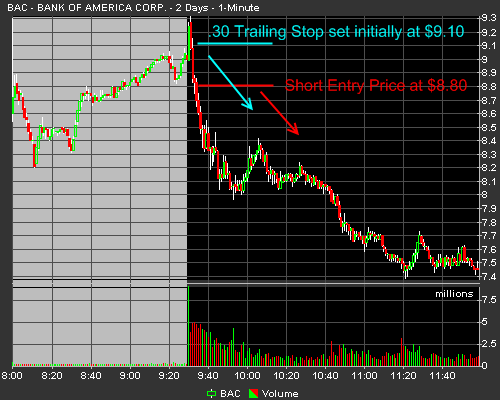Experience Curve MBA Knowledge Base

This is because the learning curve provides cost-benefit measurements and insight into all the above aspects of a company. With the benefit of 11 years of assembly experience, Ford cut production costs of the Model T and increased its market share from 10% to 55%. The primary reason for why experience and learning curve effects apply is the complex processes of learning involved.
Furthermore, firms can leapfrog over the experience curve by means of innovation and invention. All the experience in the world in making black and white television sets is worthless if everyone wants to buy colour ones. Over time, managers came to find the experience curve too imprecise to help them much with specific business plans. Inconveniently, different products had curves of a different slope and different sources of cost reduction. They did not, for instance, all have the same downward gradient as the semiconductor industry, where BCG had first identified the phenomenon.

The model allows for the distinction made between experience and learning curves by the Boston Consulting Group and used in the following. An experience curve measures the performance relative to all external inputs to the system, a learning curve measures performance in relation to one particular input. An experience curve requires that all external inputs are measured in the same unit, usually money. For a learning curve, the input does not have to be monetarized but the learning system could quasi-improve the performance by substituting inputs. One of the criticisms of the experience curve is that it makes market leaders complacent with their achievements.
Examples of the Experience Curve
Ford even went as far offering the Model T in black only, since black paint dried the quickest and therefore increased the speed of production. Standardization and specialization – skilled employees with experience then contribute to standardizing processes. Employees who perform the same job repeatedly will naturally become more skilful and efficient. Confidence also grows and as a result, they make fewer errors which increases productivity.
As discussed in the Learning curve article, learning generally begins with making successively larger finds and then successively smaller ones. The equations for these effects come from the usefulness of mathematical models for certain somewhat predictable aspects of those generally non-deterministic processes. When a learning curve has a given percentage, this indicates the rate at which learning and improvement occur. Most often, the percentage given is the amount of time it will take to perform double the amount of repetitions. In the example of a 90% learning curve, this means there is a corresponding 10% improvement every time the number of repetitions doubles. A learning curve is typically described with a percentage that identifies the rate of improvement.
Experience curve effects
It shows that for every doubling of a company’s output, the cost of the new output is 80% of the prior output. As output increases, it becomes harder and harder to double a company’s previous output, depicted using the slope of the curve, which means cost savings slow over time. March states that managers of competitive organizations often find themselves in situations where relative position with regard to a competitor matters. This possible competitive advantage through enhanced learning is the essence of the study of experience and learning curves. In theory, experience then allows a company to further reduce production costs and gain a competitive advantage in the process.
- The curve is plotted with the cumulative units produced on the horizontal axis and unit cost on the vertical axis.
- Across numerous industries (see below), estimates of b range from 0.75 to 0.9 (i.e., 1-b ranges from 0.1 to 0.25).
- Part of the explanation for this discrepancy was that different products provided different opportunities to gain experience.
- In the example of a 90% learning curve, this means there is a corresponding 10% improvement every time the number of repetitions doubles.
- As discussed in the Learning curve article, learning generally begins with making successively larger finds and then successively smaller ones.
In the long run, a company can use this information to plan financial forecasts, price goods, and anticipate whether it will meet customer demand. There are three general areas for the application and use of experience curves; strategic, internal, and external to the organization. Strategic uses include determining volume-cost changes, estimating new product start-up costs, and pricing of new products. Internal applications include developing labor standards, scheduling, budgeting, and make-or-buy decisions. External uses are supplier scheduling, cash flow budgeting, and estimating purchase costs. When representing an experience curve on a graph, the cost per unit of production is plotted on the Y-axis, while the cumulative production quantity is plotted on the X-axis.
Business Guides
A diagrammatic representation of the inverse relationship between the total value-added costs of a product and company experience in manufacturing and marketing it (McDonald and Schrattenholzer, 2001). The idealised pattern describing this kind of technological progress in a regular fashion is referred to as a learning curve, progress curve, experience curve, or learning by doing (Dutton and Thomas, 1984; Argote,1999). The experience curve suggests that as an organization produces more of a good or service, the unit cost of that good or service will decrease due to improvements in efficiency and economies of scale. The curve shows that as the company increases its overall cumulative production quantity, the unit costs decline at a constant rate. The decline goes on without limit and is surprisingly consistent, even from one industry to another.
The concept reviews the history of the term and explores the relationship between production cost and cumulative production quantity. An experience curve is an economic term which means that the more a firm produces of a particular good or service, the more it gains in efficiency. Thus, the cost of production decreases in proportion to the volume of products produced. Bruce D. Henderson and Boston Consulting Group (BCG) introduced experience curve in 1960s when they were analyzing the cost behavior of products. Most of the time, its effects are closely related to economies of scale, and it will be impossible to differentiate between the two.

The example of Texas Instruments shows that experience curve strategies are particularly effective when there is extreme demand sensitivity to fluctuations in price. When a company has enough experience to bulk produce goods and services, they achieve product and thus cost efficiency. The effect of the experience curve has also been studied in the context of oil and gas exploration companies. Arc welding supply company Lincoln Electric also encouraged experienced employees to create policies that would increase efficiency. At this point, the company can apply their skill and experience in manufacturing one product into the manufacture of a related product.
What is the Experience Curve (Henderson’s Law)?
The exponent b is a statistical parameter and thus does not exactly predict the unit cost of producing any future unit. Across numerous industries (see below), estimates of b range from 0.75 to 0.9 (i.e., 1-b ranges from 0.1 to 0.25). Would you like instant online access to Experience Curve and hundreds of other essential business management techniques completely free? This, researchers suggested, would help dispel the myth that the costs of geothermal and ESG projects did not decrease reliably to a point where they could compete with other resources. The study concluded that there was significant cost reduction potential for EGS projects as a whole. Using shale oil and gas development as an example, researchers were able to estimate an acceptable range of marginal costs for geothermal field development.
- Learning through experience becomes an important component of the increased market share strategy.
- The idealised pattern describing this kind of technological progress in a regular fashion is referred to as a learning curve, progress curve, experience curve, or learning by doing (Dutton and Thomas, 1984; Argote,1999).
- Because of the graph’s upward slowing curve, it appears it takes incrementally more time to perform more tasks.
- They did not, for instance, all have the same downward gradient as the semiconductor industry, where BCG had first identified the phenomenon.
- A high or steep learning curve indicates that it takes a substantial amount of resources to perform an initial task.
- A learning curve is measured and calculated by determining the amount of time it will take to perform a task.
Economies of scale are the cost benefits gained due to an increased level of production, whereas experience curve effects are the cost benefits achieved through experience by performing repetitive tasks. The concept of experience curve was first introduced by Boston Consulting Group (BCG) in the 1960s while analyzing cost behavior in companies. Bruce Henderson, the group’s founder, led a study into a leading manufacturer of semiconductors to analyze the relationship between cost behavior and production quantity. The research found that when the manufacturer doubled the volume of production, there was a 25% decline in the overall cost of manufacturing. The slope of the learning curve represents the rate in which learning translates into cost savings for a company.
In some cases, the absence of experience in some industries may be viewed as an outcome of mismanagement. Unit costs decline by a constant percentage each time the accumulated production, or ‘experience’, of the firm doubles. This observation, known as the experience curve phenomenon, has been widely taught and written about during the past 15 years. The learning curve graphically portrays how employees gain in efficiency at an initially rapid rate as they conduct a task numerous times, after which the efficiency gains slow down or stop. The concept also applies to when a person is tasked with absorbing a large amount of information. When a learning curve initially ascends steeply, this means that knowledge is being absorbed and converted into more efficient behavior at a rapid rate.
EXPERIENCE AND LEARNING CURVES
The learning curve was first described by psychologist Hermann Ebbinghaus in 1885 and is used as a way to measure production efficiency and to forecast costs. The curve is plotted with the cumulative units produced on the horizontal axis and unit cost on the vertical axis. Thus a curve showing a 15% cost reduction for every doubling of output was called an “85% experience curve”.
Gunderson Dettmer Launches ChatGD; First U.S.-Based Firm To … – LawSites
Gunderson Dettmer Launches ChatGD; First U.S.-Based Firm To ….
Posted: Wed, 09 Aug 2023 12:59:13 GMT [source]
Large products (such as nuclear reactors) are inherently bound to be produced in smaller volumes than small products (such as semiconductors). It is not easy for a firm to double the volume of production of something that it takes over five years to build, and whose total market may never be more than a few hundred units. The learning curve model was expanded by Adler and Clark into a learning process model. First-order learning refers to the classic learning curve model where productivity is an exponential function of experience. Second-order learning denotes that which is driven by changes in technology or human capital that lead to goal attainment. The learning curve also is referred to as the experience curve, the cost curve, the efficiency curve, or the productivity curve.
As a result, the lower the learning curve percentages, the steeper the slope of graphs. Note that the cumulative quantity must double between rows—to continue the table, the next row must be calculated using a quantity of eight. In addition, note that the incremental time is a cumulation of more and more units as the table is extended. For example, the 600 hours of incremental time for task No. 2 is the time it took to yield one additional task.

There is a relationship between the scale of production and the size of the unit cost of the product, known as the effect of experience. Graphical representation of experience effect (created on the basis of cumulative production and average cost) is called experience experience curve is also known as curve. A learning curve is important because it can be used as a planning tool to understand when operational efficiencies may occur. The learning curve identifies how quickly a task can be performed over time as the performer of that task gains proficiency.
- Published in Forex Trading
